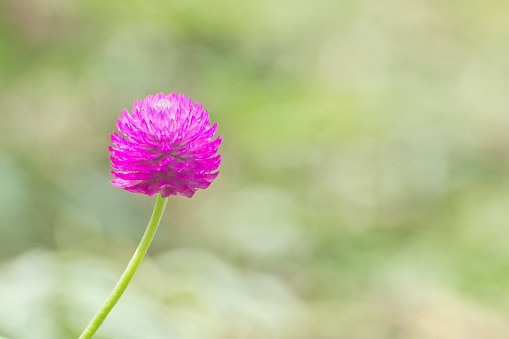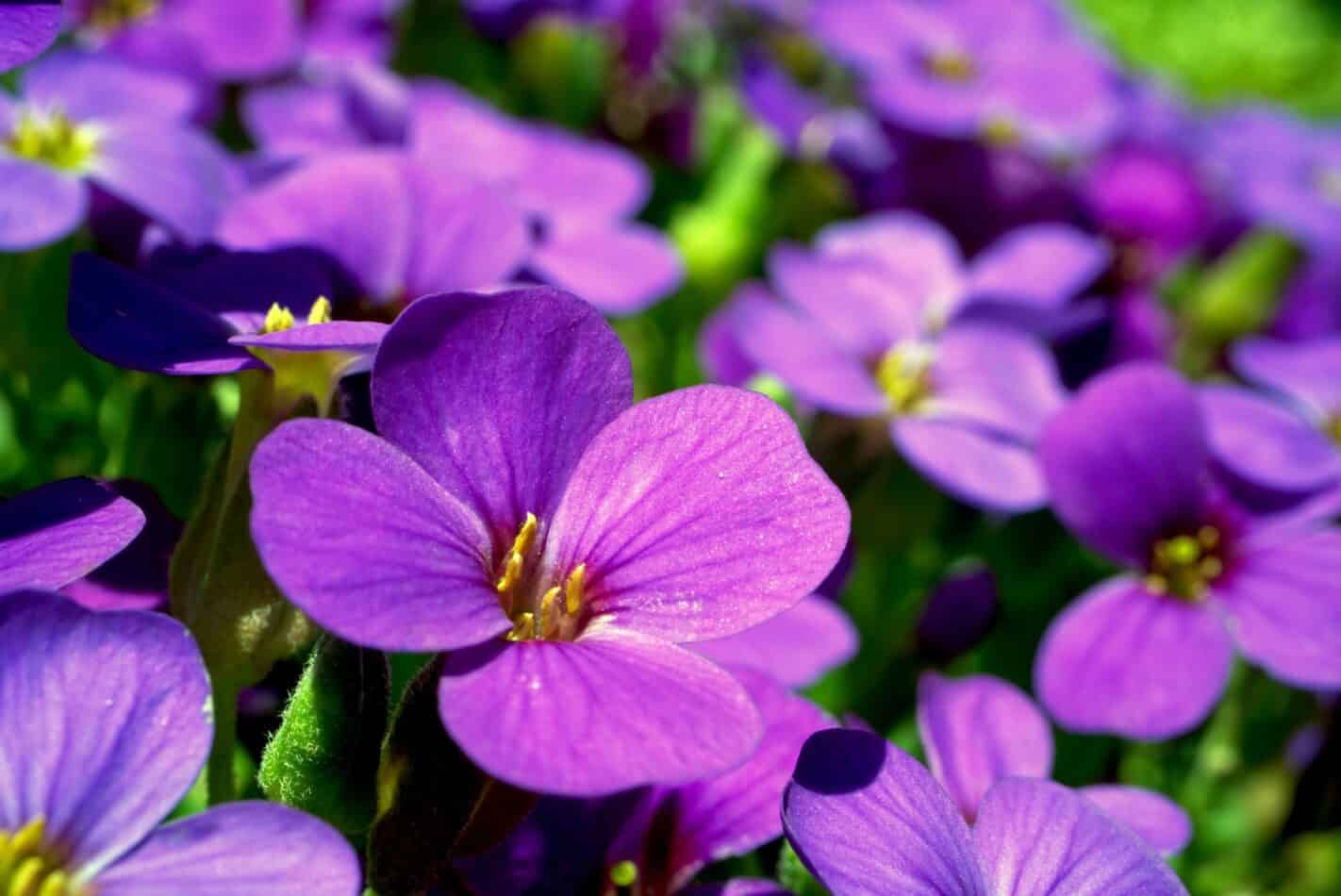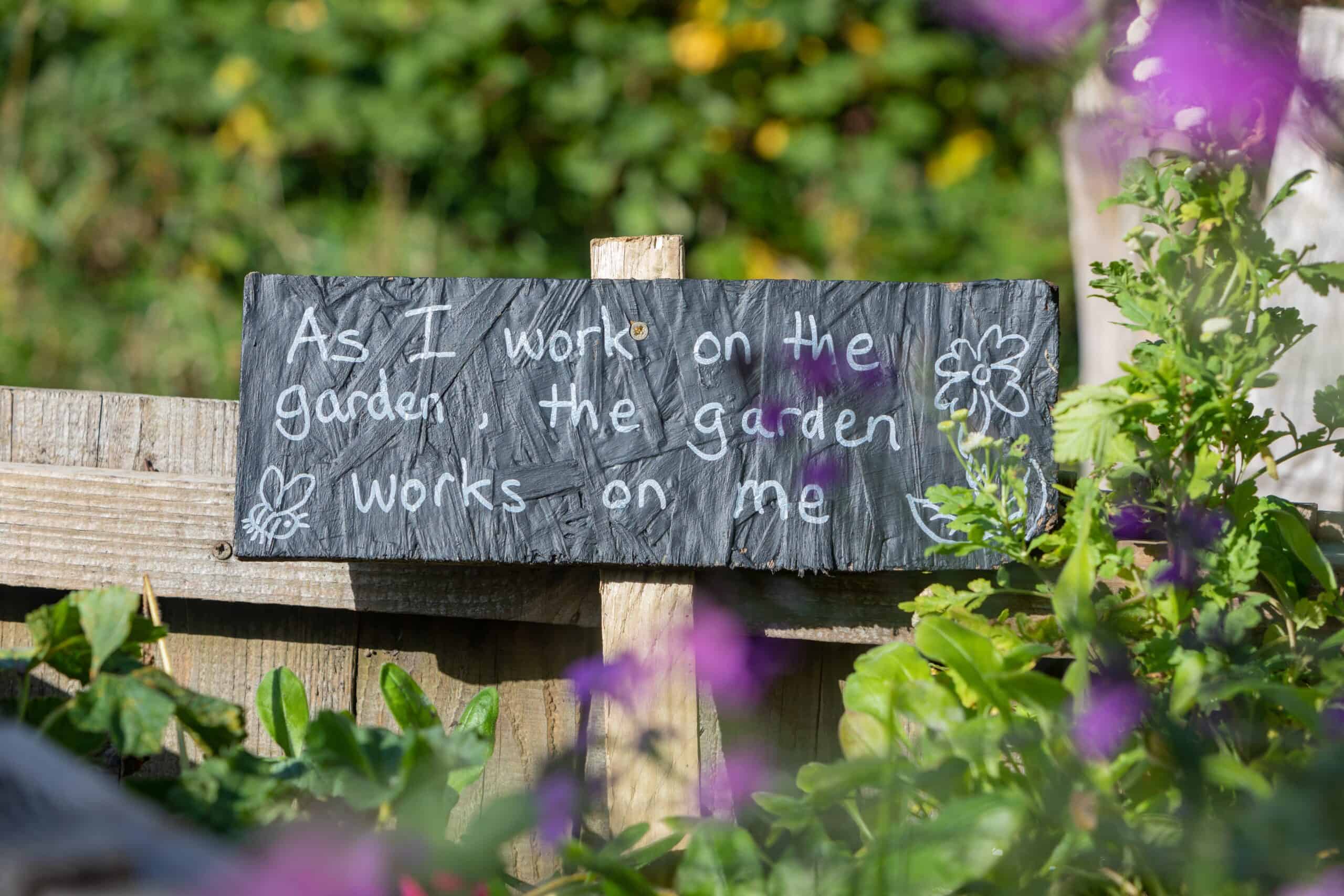Globe Amaranth – Gomphrena Globose
The Gomphrena globose (or Globe Amaranth) is an annual plant of the Amarathaceae family, native to Central America. It is named for its pom-pom shaped blooms which come in vibrant colors and are long lasting, sometimes even when dried. This flower requires full sun, blooms continuously in the summer and fall, and draws hummingbirds, butterflies, and swallowtails with its striking beauty.
How to Plant and Grow
As a tropical plant, Globe Amaranth should be kept outdoors in full sun, in well-draining soil. This flower enjoys warmer temperatures and soil that is kept under control with a regular water supply. When gaining moisture, soil temperature should remain at least 60°F or warmer. Globe Amaranth is hardy to USDA Zone 10 and can be grown as a perennial. When soil has been kept wet, fertilizer should also be added to your water supply for optimal growth.
Meaning and Symbolism
The Globe Amaranth is an important symbol in many cultures, with the meaning of resilience, strength and endurance. The long lasting blooms of these flowers have made them a favorite in dry flower arrangements, and so they have come to represent undying devotion and everlasting love.
History, Mythology, and Religious Significance
The Globe Amaranth has been important in religious and cultural symbolism for centuries, popular with both the Aztecs and Mayans. It has also been a symbol of immortality, resurrection, and hope. In Christian symbolism, their shape and the range of colors signify heavenly perfection, justice, mercy and sovereignty.
Flower Varieties and Defining Characteristics
The Gomphrena globose includes several varieties that are striking examples of its hybrid form. These include:
- ‘Pink Surprise’ with its light pink blooms, shorter plant height and curlier petals.
- ‘Hollyhock Purple’ with its large, ruffled blooms, in a bright purple hue.
- ‘Disco Pearl’, with its long stems, white petals, and purple-dotted centers.
- ‘Kissed Ruby’ with its deep ruby-red blooms and frilly petals.
How to Pot and Repot
Although young Globe Amaranth plants may not require potting or repotting, larger, older plants will need a larger, more spacious pot to thrive. When repotting, use a pot that is several inches larger than the original. A looser soil like a mixture of loam, sand, and manure is best to keep the soil well-draining and in the right pH level.
How to Prune
The Gomphrena globose can be pruned in several ways. Pruning the disc florets can be done to reduce the overall bloom count and ensure better flower quality. Pruning dead and diseased leaves is a good way to keep the plant healthy. A healthy globe amaranth will typically look bushy and full, and if pruned correctly, it should produce plenty of flowers.
How to Propagate
Propagating Globe Amaranth is fairly easy to do. After pruning, you can trim the flowers off of the stem. Be sure to make a clean cut with no tearing. Dip the cut end of the stem into a rooting hormone and then place it in a well-draining soil medium in a location that receives some filtered light. Water regularly and you should soon see new growth.
Common Pests and Diseases
Globe Amaranth is typically resistant to most pests and diseases, but can still be susceptible to slugs, aphids, and other pests. Diseases such as mildew and black spot can appear if too much moisture is present. Keeping plenty of air circulation and avoiding over-watering is the best way to prevent these issues.
Frequently Asked Questions
Q: Can my Globe Amaranth grow in pots?
Yes! This tropical flower can grow in pots, as long as they are kept outdoors in a sunny location and have well-draining soil.
Q: When is the best time to plant Globe Amaranth?
It is best to plant Globe Amaranth in the late Spring or early Summer when the soil is warm enough for germination.
Q: What other flowers are similar to Globe Amaranth?
Other common flowers that are similar in shape, size, and color to Globe Amaranth are baby’s breath, bachelor’s buttons, and santolina.
Table Fact Sheet
| Flower | Globe Amaranth, Gomphrena globose |
| Family | Amaranthaceae |
| Plant type | Annual |
| Mature size | 2 to 3 feet |
| Sun exposure | Full sun |
| Soil Type | Well-draining |
| Soil pH | 6.5 to 8 |
| Bloom time | Summer to Fall |
| Flower color | Pink, purple, white, red |
| Hardiness zone | 10 |
| Native Area | Central America |
What we love from Amazon this week
Buy these wonderful flowers directly from Amazon:















